A Mexican rancher picks chiltepin peppers, a wild variety of chili pepper, during a harvest on a farm near Baviácora, Sonora, Mexico.
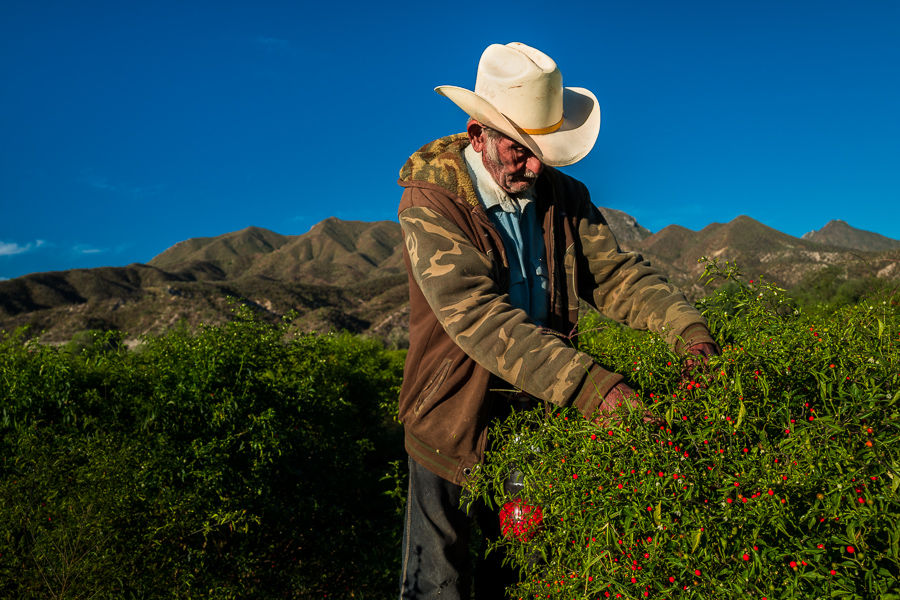
Mexican ranchers evenly rake chiltepin peppers, a wild variety of chili pepper, during the sun-drying process on a tarp on a farm near Baviácora, Sonora, Mexico.

A Mexican peasant walks on a field of chiltepin peppers, a wild variety of chili pepper, during a harvest on a farm near Baviácora, Sonora, Mexico.
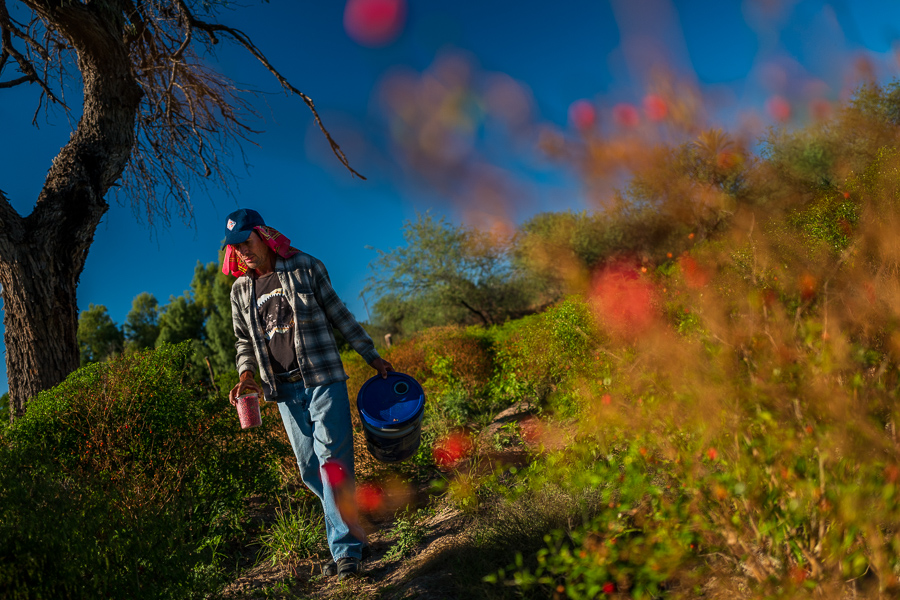
Chiltepin peppers, a wild variety of chili pepper, are seen growing on a dried plant during a harvest on a farm near Baviácora, Sonora, Mexico.
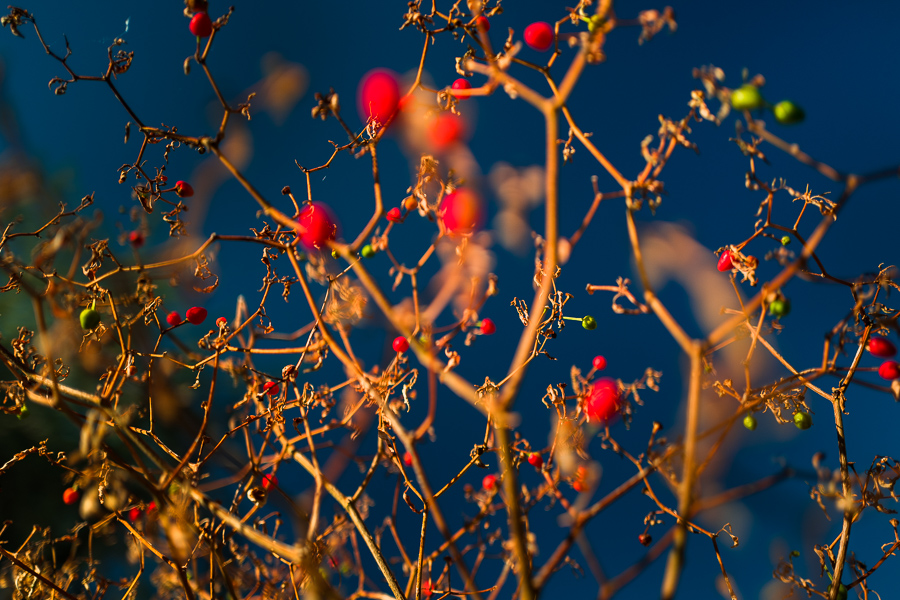
A young Mexican rancher picks chiltepin peppers, a wild variety of chili pepper, during a harvest on a farm near Baviácora, Sonora, Mexico.
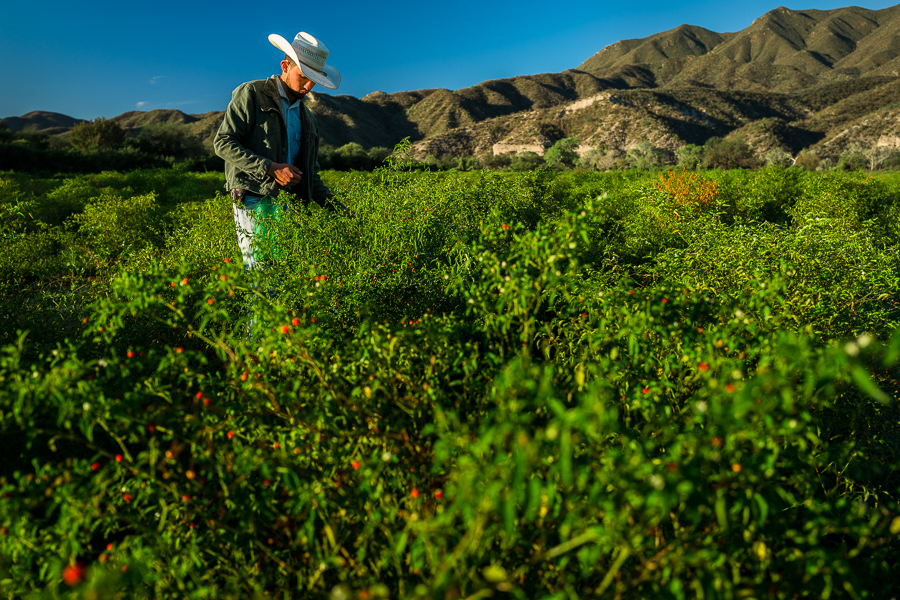
A young Mexican rancher picks chiltepin peppers, a wild variety of chili pepper, during a harvest on a farm near Baviácora, Sonora, Mexico.

A small bowl of hot salsa made of chiltepin peppers, a wild variety of chili pepper, is seen placed on the table in a farm near Baviácora, Sonora, Mexico.
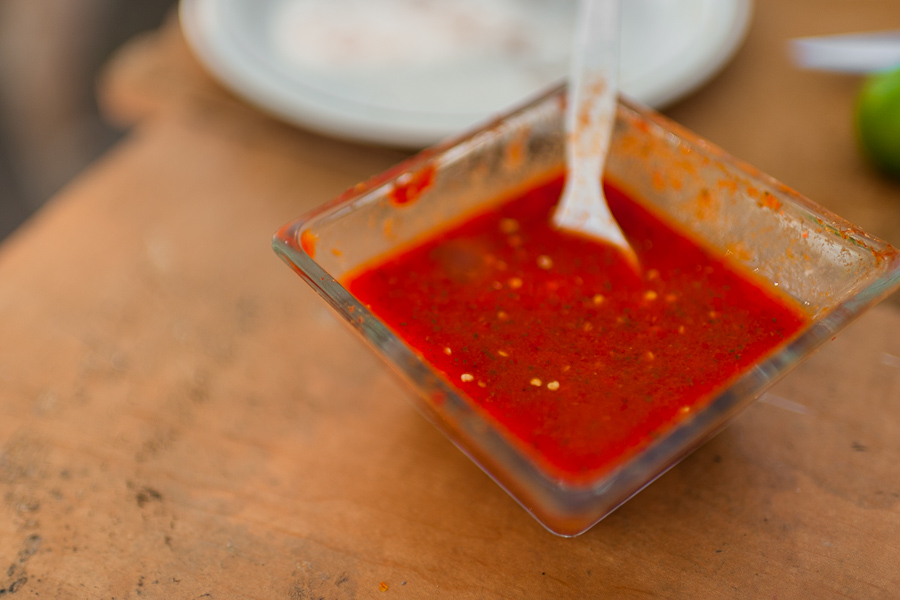
Chiltepin chili pepper
Baviácora, Sonora, Mexico – October 2022
The chiltepin pepper is a tiny, berry-like chili pepper that is red to orange-red in color and grows wild throughout Northern Mexico and the American Southwest. Having been cultivated by indigenous communities for approximately 6,000 years, chiltepin remains an important economic crop in the region. Chiltepin chili peppers are highly popular in Sonora and Sinaloa cuisine, often used in hot salsas, soups, or stews. They are considered very spicy (50,000 to 100,000 Scoville units) and are sought after for their distinctive smoky, earthy flavour. Although most chiltepin plants still grow wild, in recent years there has been increasing number of farmers who joined chiltepin cultivation projects and today, fields of chili peppers can be seen in the mountains of Sonora.







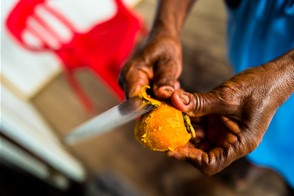
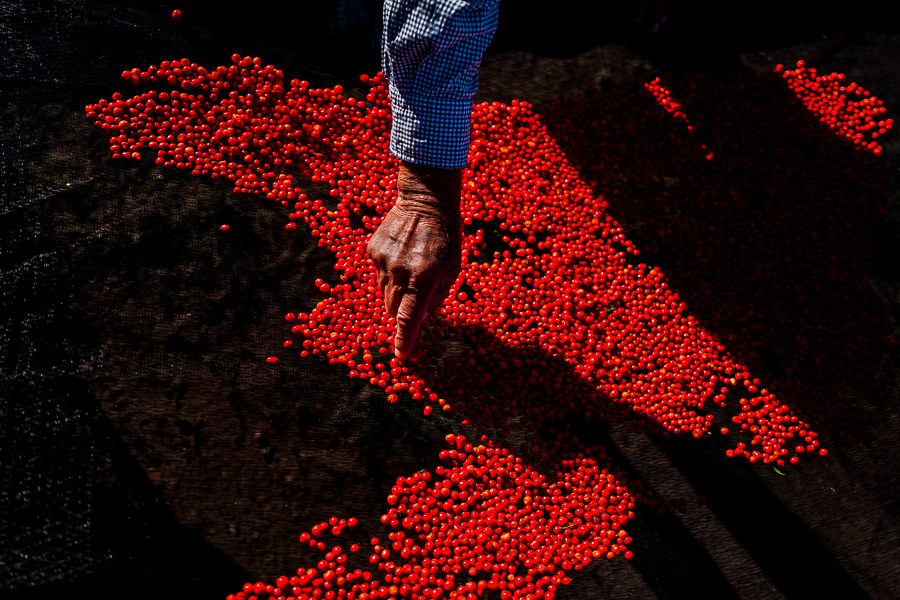

no comments yet